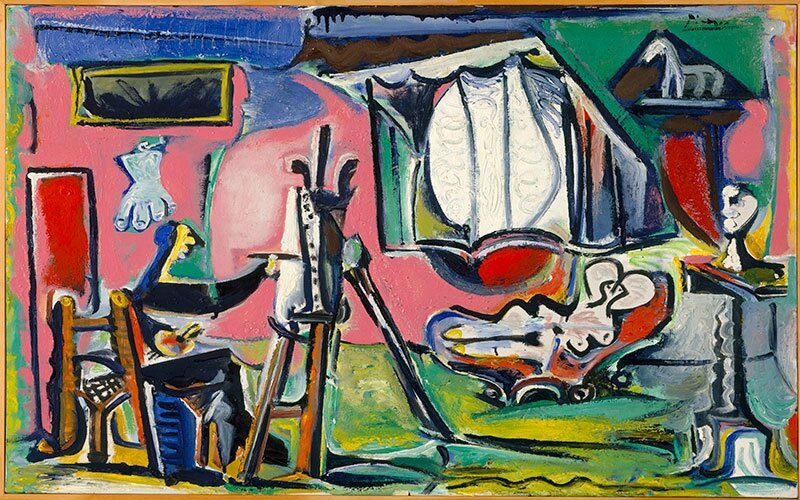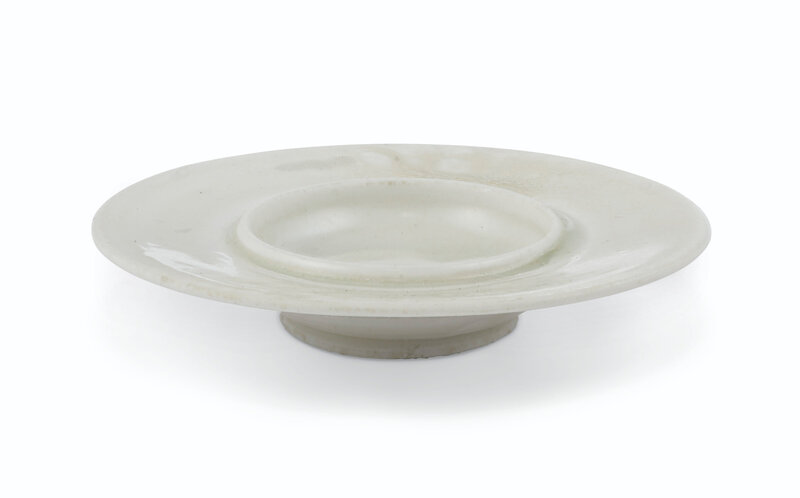Jean Clouet, Portrait of François I, King of France, circa 1530. Oil on wood (oak), 96 x 74 cm. Collection of Musée du Louvre.© RMN-Grand Palais (musée du Louvre) / Hervé Lewandowski.
MACAO.- After showcasing the treasures of Napoleon last year by Le French May, the Macao Museum of Art is celebrating its 15th anniversary in hosting 12 of the greatest masterpieces on loan from the most prestigious French museums: Musée d’Orsay, Château de Versailles, Musée du Louvre and Centre Pompidou.
Organized especially to celebrate the 50th anniversary of the diplomatic relationship between France and China, this exhibition will play a vital role because it intends to bring to China 12 masterpieces of French painting which symbolise the museums of France.
The 12 great masterpieces on show were created in different eras, in widely opposed political contexts, and embody a certain idea of France, each after its own fashion. The force of these works, what they represent as much as the emotions they convey, have contributed to shaping the physiognomy of the country through the centuries and are still responsible for its prestige abroad.
France was built on the dreams of great men, be they all-powerful noble kings or artists from the lower classes, and its culture was often the result of a blend of different trends. Dreaming of Italy, King François I changed the aspect of France. With his eyes turned towards Spain, the birthplace of his mother and his wife, Louis XIV always strived to place his kingdom at the centre of Europe. And by choosing France as his new country, Spanish painter Picasso helped to write one of the most famous and fascinating pages in the history of French art.
However, France is also synonymous with the promise of rejoicing, of gallant parties where men and women meet to dance and laugh. Who better than Renoir and Fragonard expressed this idea, with his depictions of Parisian Life, of the Montmartre district, and its ballrooms and gardens? In no time the bodies of these women who have always haunted French painting are undressed, their bodies delicate and milky-white, like the porcelain of Boucher, or transformed on the whim of an artist like Picasso, whose hand was guided only by his emotions.
This exhibition of masterpieces will invite the Chinese public to consider paintings which have become “icons” beyond the museums that hold them. These 12 paintings they are like theatres of light and shadow, where forms take shape and illuminate the canvas, where figures come alive and tell stories of French art, and French culture as a whole.
Jean Clouet - Portrait of Francis I, 1530
Georges de la Tour - Saint Thomas, 1625
Charles Le Brun - Portrait Bust of Louis XIV, 1662
Jean-Honoré Fragonard - The Lock, 1777
François Boucher - Diana Bathing, 1742
Adolph Ulrich Wertmüller - Queen Marie Antoinette in Hunting Costume, 1788
Auguste Renoir - The Swing, 1876
Claude Monet - Montorgueil Street in Paris. Festival of 30 June 1878, 1878
Henri Matisse - Still Life of Magnolia, 1941
Fernand Léger - Circus Medrano, 1918
Pierre Bonnard - Red Blouse, 1925
Pablo Picasso - The Painter and His Model in The Studio, 1963
Georges de la Tour - Saint Thomas, 1625. Photo courtesy Le French May
Jean-Honoré Fragonard - The Lock, 1777. Photo courtesy Le French May
François Boucher - Diana Bathing, 1742. Photo courtesy Le French May
Adolph Ulrich Wertmüller - Queen Marie Antoinette in Hunting Costume, 1788. Photo courtesy Le French May
Auguste Renoir - The Swing, 1876. Photo courtesy Le French May
Claude Monet - Montorgueil Street in Paris. Festival of 30 June 1878, 1878. Photo courtesy Le French May
Henri Matisse - Still Life of Magnolia, 1941. Photo courtesy Le French May
Fernand Léger - Circus Medrano, 1918. Photo courtesy Le French May
Pierre Bonnard - Red Blouse, 1925. Photo courtesy Le French May
Pablo Picasso - The Painter and His Model in The Studio, 1963. Photo courtesy Le French May



























